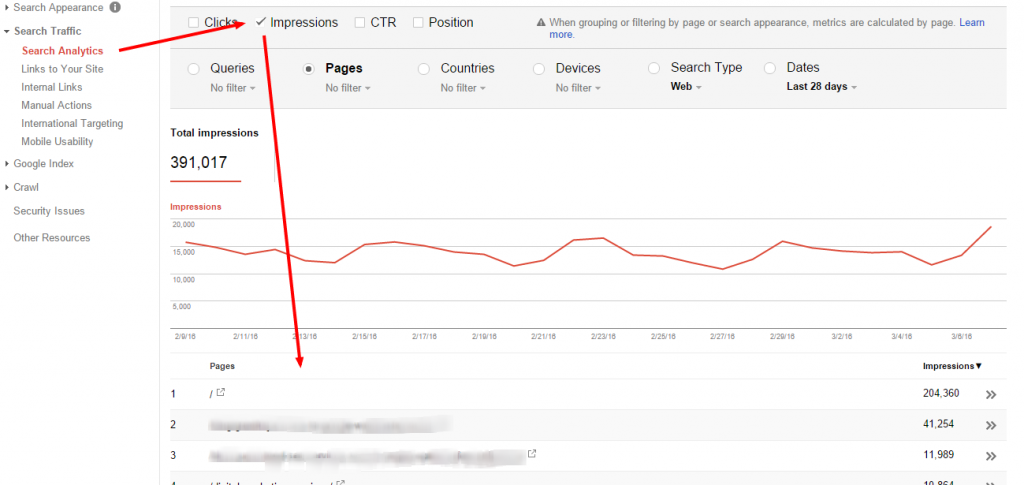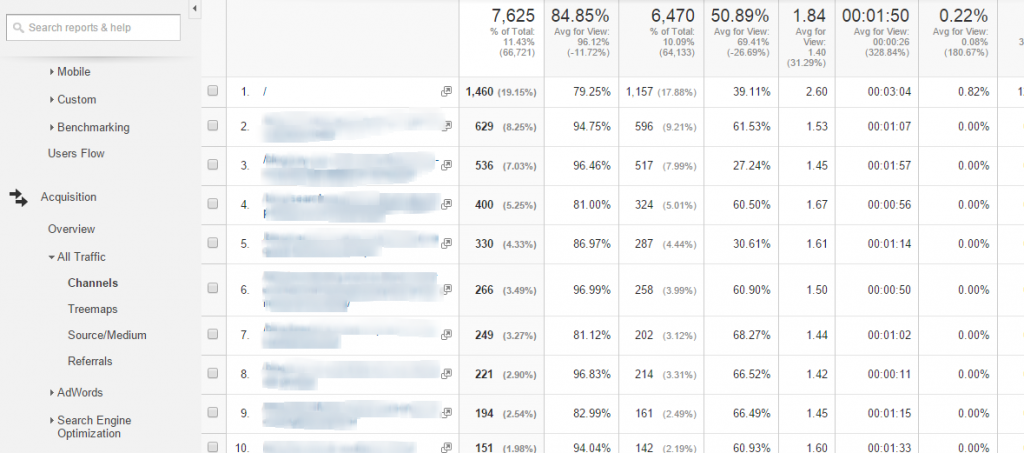If there’s one thing that almost all of us can agree on, it’s that no matter what changes in the world of digital marketing, there is one constant… there’s not enough time in the day.
The developers are busy, the designers are busy, the content team is busy, and you can’t wrangle a moment with the top brass or legal team to gain approval for the site section addition you desperately need.
Aside from spending your precious time trying to find ways to bribe site administrators and approvers of change to pay attention to your needs, you also need to spend time finding quick wins from a keyword and usability standpoint.
Whether you work on the agency-side or in-house, you can probably relate to sitting in this uncomfortable bubble.
Through the use of just a few tools, we’ll show you some opportunities for keyword optimisation that can help you save some precious time.
Nearly visible opportunities
I imagine you know what terms are ranking the highest for your organic campaign. You have likely obsessed over them as you worked feverishly to get them to this point. However, while in the fog of this keyword bliss you be missing out on a lot of nearby opportunities.
For a moment, let’s walk away from your targeted keyword ranking list and review your overall keyword rankings.
Using SEMRush or Linkdex, review all keywords that you are ranking for. While one may be quick to sort by search volume or ranking, here we’ll initially look at the results from the view of Estimated Traffic.
If you are blinded by search volume and sort in this manner you are likely going to see a lot of current rankings for high volume terms, but are many pages deep in search results.
Estimated Traffic is going to show us what terms are of a decent search volume but also the ones that may only rank just outside of the first page.
Hopefully several of these rankings are what we would call ‘nearly visible’.
Some marketers also call these ‘accidental rankings’ in some cases, as search engines may deem you relevant for a keyword variation (which has a decent amount of search volume) of a targeted keyword term without you ever having targeted the respective term.
Look at these pages and gain an understanding of how well the near visible term is represented in the content of the page. Can you add the term to page elements such as the title element, H format heading and image alt text?
Remember, the dev/design teams are busy so we are making simple site modifications.
Aside from the target page(s), can we add internal links from other pages’ body copy to this page? You may find yourself quite surprised in some instances at how you were ranking for a less than optimized term.
Simple optimizations that can ‘squeak’ out a few rankings can make the difference in additional traffic. Think about what happens when you do this to 20 pages.
The top 10
The next area you’ll want to review is your Google Analytics profile.
Navigate to the organic search landing pages section within a window of the last three months, then take a look at the top 10 referring landing pages from organic search traffic. In a lot of cases, these top 1o pages can be responsible for drawing a majority of your organic traffic.
Here we’ve grabbed our top 10 pages and now the real opportunity begins, as we’ll be looking at these pages’ visibility under a similar lens as above.
From here move to your Google Search Console. Within the Search Analytics section, Landing Pages, review the pages by impression display.

Take your first top 10 page from the previous step and find this in the display. To the right, click through on the double arrows to set a filter display for only this image.
Next, move from the Landing Pages tab to the Queries tab. This will now show us all of the queries (keywords) which this page is displayed for.
Now you can move in two directions. You can undertake the process of going to the respective page and addressing the focus/mentions of this keyword. I urge you to do that but the second avenue is also important as well…
Download all impressions that are showing for the given page.
Take the downloaded list to Google Keyword Planner.
We know that of the downloaded list, Google seems to think our page is relevant for these terms. Let’s see if we can use this keyword research tool to understand first what terms in the list have the best search volume but also if there are additional terms of decent search volume that we may want to turn into near visible terms.
*Note: You will likely find terms that could be a great additional target for your top 10 page in review, but don’t be surprised when you find additional terms that may want to sideline as a targeted focus for child/related pages or keyword related questions that are useful for a blog post or FAQ page.
Insights in no time at all
See, that wasn’t so bad. Whether you have time to dive into a handful of terms or a dozen pages, there is often much that can be gleaned and implemented by non-rocket scientists and doesn’t require the attention of multiple teams and newly devised keyword strategies.
Now quit spending your time reading and go pick that low-hanging fruit!
The article A quick guide to time-saving keyword optimization techniques was first seen from https://searchenginewatch.com




No comments:
Post a Comment